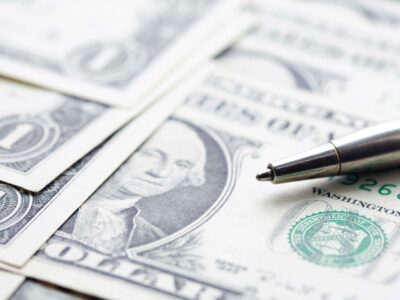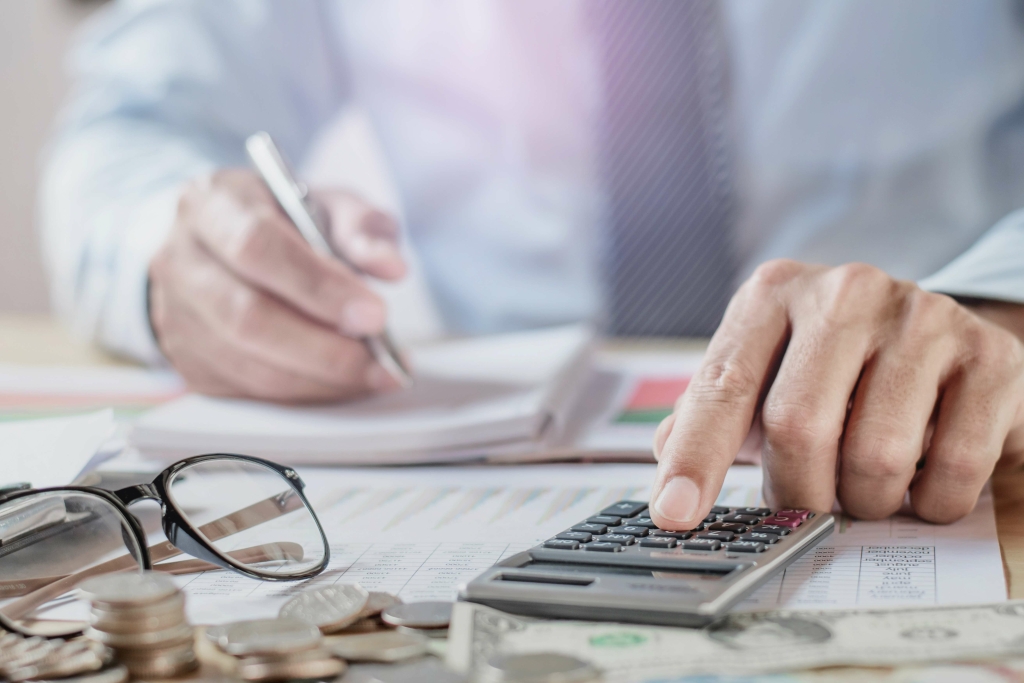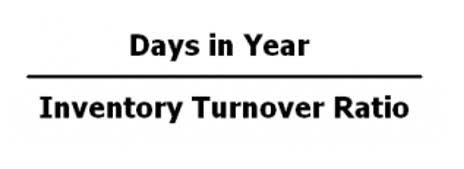How to Calculate Bad Debt Expense

For example, the company ABC Ltd. had $95,000 credit sales during the year. Based on past experience and its credit policy, the company estimate that 2% of credit sales which is $1,900 will be uncollectible. Business debt consolidation loans are often mistaken for business loan refinancing.
Allowance for Doubtful Accounts

This means that its items will not reach as many customers as projected, and the company may lose money. This is a method where uncollectible accounts are written off directly to expenses as they become uncollectible. Bad debt expenses tend to be classified as a sales and general administrative expense and can be found on a businesses income statement. But some debt, such as extending credit to customers or student loans, is actually considered positive debt.

Better alignment between sales and AR teams

For example, a firm could generate revenue by selling an asset or a division, inflating earnings. Finally, operating profit is the portion of revenue that can be used to pay creditors, shareholders, and taxes. Profitability ratios are a set of financial indicators that reflect how successfully a company earns profits in comparison to its expenses. They must sell the things they have created or obtained from vendors to generate revenue to pay bills and return a profit.
- Maximizing 401(k) contributions, diversifying investments, and automating savings can build retirement security.
- Using competitors as a baseline, as Walmart demonstrates, can help investors get a better understanding of a company’s true efficiency.
- Bad debts occur when a customer fails to pay the amount owed, and this expense is recorded to reflect the loss.
- Gen Xers had little control over how their working years started, but they’re empowered to design their best ending.
AR Dashboards, Reporting and Analytics
Assume Company XYZ currently has $10,000 worth of receivables (or credit sales). Based on past history, this company has concluded that around 4% of its customers who purchase goods and services on credit don’t pay. To estimate bad debt by using the percentage of sales method, you multiply a flat percentage by the total amount of bad debt. And by dismissing bad debt expenses directly with the direct write-off method, we violate this Certified Public Accountant principle. In this guide, we will go through everything you need to know about bad debt expenses and how to calculate them, with practical accounting examples.
It uses methods such as the percentage of credit sales bad debt expense calculator method or the aging of accounts receivable to determine the amount to be recorded as bad debt expense. Proper calculation and recording of bad debts ensure accurate financial reporting, help in identifying trends in customer defaults, and assist in making provisions for future risks. This calculator simplifies the estimation process, making it an essential tool for accountants and financial professionals. Bad debt expenses have long been considered an inherent risk of extending credit. They reflect the inability of businesses to collect on credit sales due to customer insolvency, errors, or fraud. By accurately predicting bad debt expenses, businesses can minimize losses and adjust their credit policies accordingly.

- Other industries, such as software or marketing, may, on the other hand, have less bad debt expense.
- This miscommunication leads to AR teams being out of step with customer needs and expectations, often driving up bad debt.
- There are two ways to record bad debt expenses in your accounting statements.
- What is the precise amount that should be set aside as a bad debt expense?
- The rule is that an expense must be recognized at the time a transaction occurs rather than when payment is made.
- As the name suggests, doubtful debt refers to debt that is unlikely to be paid.
For example, ROE incorporates data from both the income statement and the balance sheet. Higher current ratios indicate that the company effectively manages its short-term liabilities and generates adequate cash to run its business. The current ratio determines whether a business can pay its debts within a Grocery Store Accounting year.
There are two main ways to handle bad debt in your books — the direct write-off method and the allowance method. Best of all, these systems integrate with such accounting software as Xero and QuickBooks—so your records stay updated in real time, without you having to lift a finger. If one has the right set of tools, then one will be able to save hours of manual work and minimum human error and thus avoid big bad debt altogether. This approach smooths your financial statements and gives a clearer view of what’s really at risk. Bad debt particularly occurs in industries like B2B services, retail, and construction, where lengthened credit terms are extended to customers. By leveraging a cash flow statement, you can improve your financial health, maintain stability, and plan for growth.